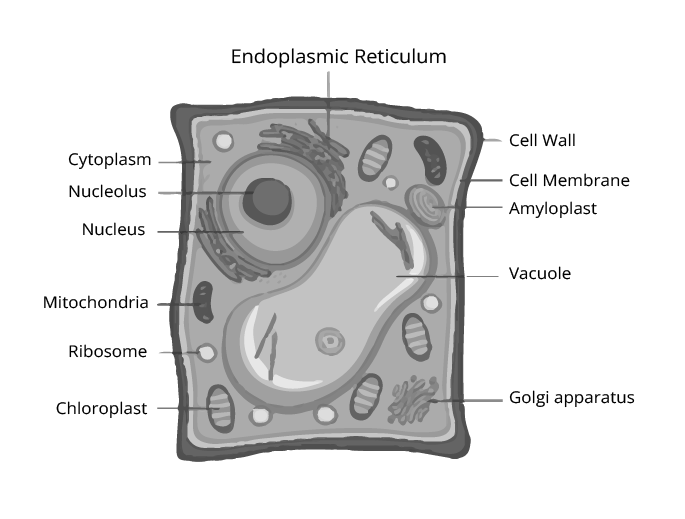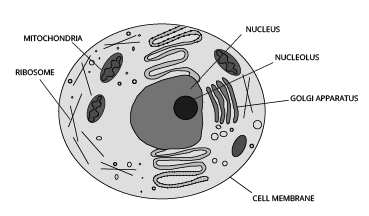CBSE Class 9 Science Chapter-5 Important Questions - Free PDF Download
Important Questions for CBSE Class 9 Science Chapter 5 - The Fundamental Unit of Life
FAQs on Important Questions for CBSE Class 9 Science Chapter 5 - The Fundamental Unit of Life
Q1. How many questions are present under each exercise of the NCERT Solutions for Chapter 5 of Class 9 Science?
Ans: The major exercise at the end of the chapter is made up of 10 questions. These questions are designed with the entire chapter in mind. These cover all of the essential themes covered in the chapter. These questions are quite likely to appear in the tests, so make sure you prepare for all of them. Apart from this, a few other questions have been posed at various points throughout the chapter. There are nine further questions. With the Vedantu website and app, you may simply access all of the relevant questions and their answers.
Q2. Which important topics are explained in Chapter 5 of Class 9 Science?
Ans: 'Fundamental Unit of Life' is the topic of Chapter 5 of Class 9 Science. This chapter is crucial as a whole since it discusses the fundamental notion of human life. This chapter discusses what living beings are formed of, what a cell is, cell structure, plasma membrane or cell membrane, cell wall, nucleus, cytoplasm, cell organelles (endoplasmic reticulum, Golgi apparatus, lysosomes, mitochondria, plastids, and vacuoles), and cell division (mitosis and meiosis).
Q3. What is the Fundamental Unit of Life?
Ans: The Fundamental unit of life is considered to be the cell. Robert Hooke, a brilliant scientist, discovered cells in 1665. He first noticed it after examining a small slice of cork in his microscope and seeing a honeycomb-like structure. Because all living species on this planet are formed up of cells, they are known as the fundamental unit of life. Cells are the basic building blocks that make up all of the body's organs and facilitate all of the activities performed by the body. To study more about this chapter students can download the Important Questions free of cost from the Vedantu website or mobile app.
Q4. How are eukaryotic cells different from prokaryotic cells?
Ans: Following are the differences between the eukaryotic and prokaryotic cells:
The main distinctive feature in eukaryotic and prokaryotic cells is the nucleus. Eukaryotic cells have a membrane-bound nucleus whereas, in prokaryotic cells, a membrane-bound nucleus is absent.
Eukaryotic cells are multicellular on the other hand prokaryotic cells are unicellular.
In eukaryotic cells, more than one chromosome is present whereas, in prokaryotic cells, there is only one chromosome.
Examples of eukaryotic cells are: Protista, Fungi, Animals and Plants.
Examples of prokaryotic cells: Bacteria.
Q5. How can I improve the quality of my answers of Chapter 5 of Class 9 Science?
Ans: Answer delivery is one of the most important elements to consider, particularly in a topic like science. The sooner you begin practising to enhance your response delivery, the better it will be for your Class 10 exams. While writing science replies, make sure you just write what is asked. Because science is all about facts, attempt to emphasise them rather than stuffing the replies with irrelevant material. Add appropriate diagrams to your responses to support them.














 Watch Video
Watch Video

















